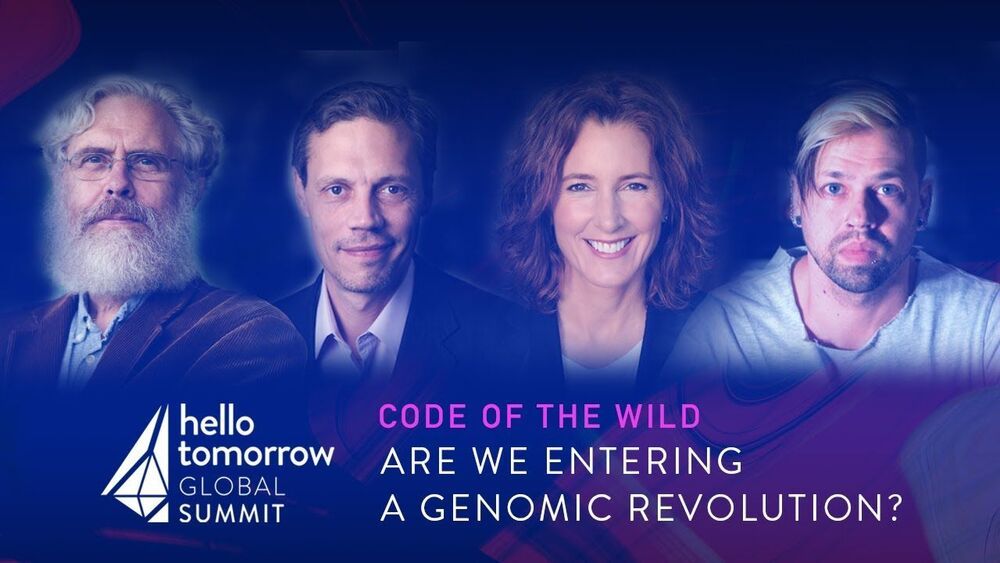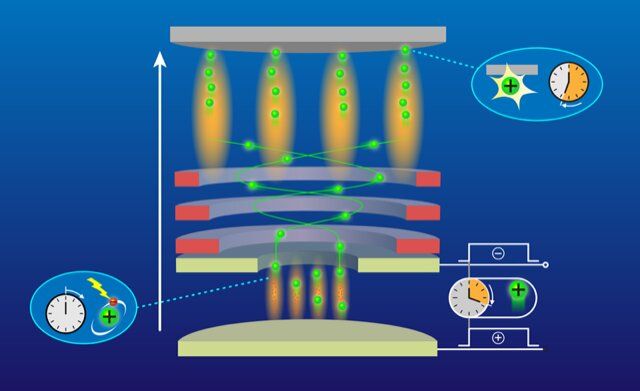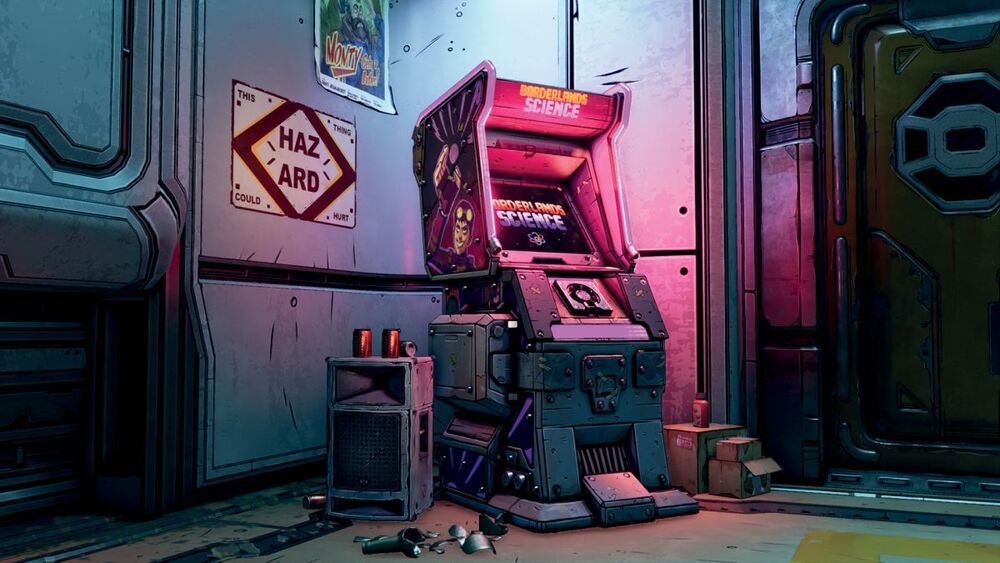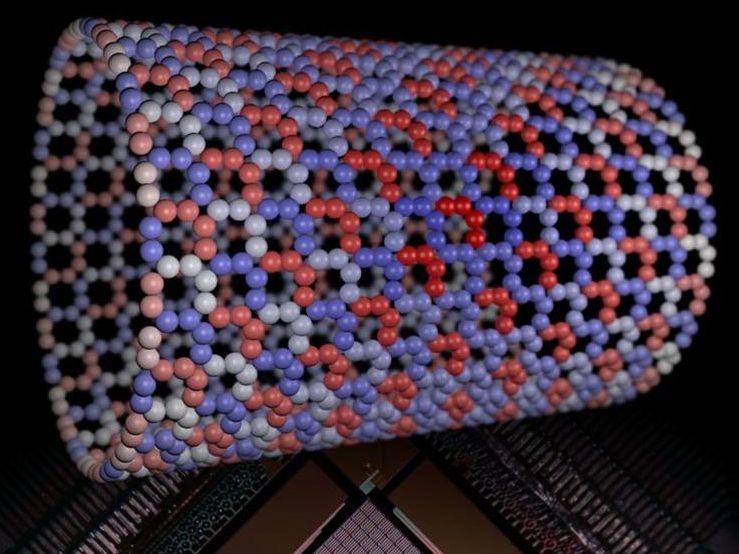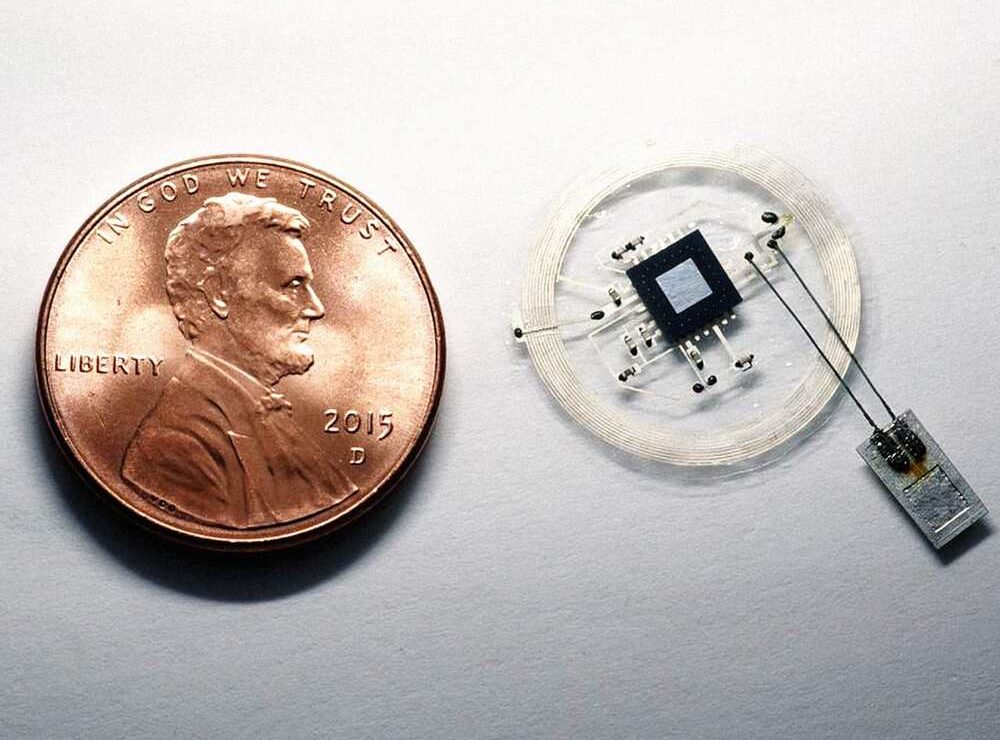
Archer Aviation, the electric aircraft startup that recently announced a deal to go public via a merger with a blank-check company, plans to launch a network of its urban air taxis in Los Angeles by 2024.
The announcement comes two months after the formation of the Urban Air Mobility Partnership, a one-year initiative between Los Angeles Mayor Eric Garcetti’s office, the Los Angeles Department of Transportation and Urban Movement Labs to develop a plan for how to integrate urban aircraft into existing transportation networks and land use policies. Urban Movement Labs, launched in November 2019, is a public-private partnership involving local government and companies to develop, test and deploy transportation technologies. Urban Movement Labs and the city of Los Angeles are working on the design and access of “vertiports,” where people can go to fly on an “urban air mobility” aircraft. Urban air mobility, or UAM, is industry-speak for a highly automated aircraft that can operate and transport passengers or cargo at lower altitudes within urban and suburban areas.
Archer Aviation’s announcement comes two weeks since it landed United Airlines as a customer and an investor in its bid to become a publicly traded company via a merger with a special purpose acquisition company. Archer Aviation reached an agreement in early February to merge with special purpose acquisition company Atlas Crest Investment Corp., an increasingly common financial path that allows the startup to eschew the once traditional IPO process. The combined company, which will be listed on the New York Stock Exchange with ticker symbol “ACHR,” will have an equity valuation of $3.8 billion.
